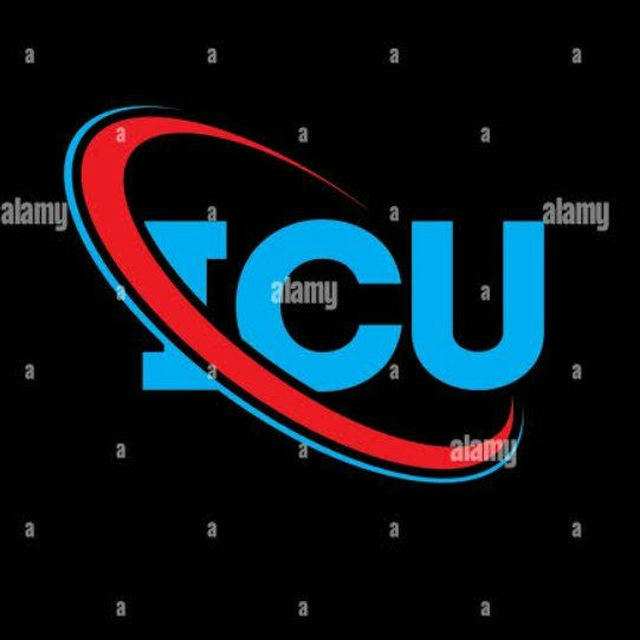
6 833
Subscribers
+2024 hours
+1287 days
+50530 days
- Subscribers
- Post coverage
- ER - engagement ratio
Data loading in progress...
Subscriber growth rate
Data loading in progress...
The Airway Manual Practical Approach to Airway Management.pdf45.94 MB
Pocket ICU (Pocket Notebook Series) Second Edition 2017.pdf20.46 MB
Rau’s Respiratory Care Pharmacology 11E 2024.pdf31.99 MB
Clinical Cases in Critical Care 2023.pdf
Clinical Cases in Critical Care 2023.pdf12.65 MB
ISCCM __Manual of__RRT and ECMO in ICU.pdf20.90 MB
Fundamentals of ICU.pdf10.35 MB
Repost from Medicine is knowledge
Pulmonary tuberculosis (TB) is treated with a combination of antibiotics to prevent the development of drug resistance and ensure effective eradication of the Mycobacterium tuberculosis bacteria. The treatment regimen, including the types of drugs, dosages, and duration, can vary based on factors such as the patient's age, weight, and presence of drug-resistant TB. Here’s an overview of the standard drug doses used in the treatment of pulmonary tuberculosis:
### First-Line Drugs
1. Isoniazid (INH)
- Adults: 5 mg/kg (usually 300 mg) daily.
- Children: 10-15 mg/kg (maximum 300 mg) daily.
- Pyridoxine (Vitamin B6) is often co-administered to prevent peripheral neuropathy, especially in those at risk (e.g., pregnant women, malnourished individuals, patients with diabetes or HIV).
2. Rifampin (RIF)
- Adults: 10 mg/kg (usually 600 mg) daily.
- Children: 10-20 mg/kg (maximum 600 mg) daily.
3. Ethambutol (EMB)
- Adults: 15-20 mg/kg daily.
- Children: 15-25 mg/kg daily (maximum 2.5 g/day).
4. Pyrazinamide (PZA)
- Adults: 20-25 mg/kg daily.
- Children: 15-30 mg/kg daily (maximum 2 g/day).
### Treatment Phases
1. Intensive Phase
- Duration: Typically the first 2 months.
- Drugs: Isoniazid, Rifampin, Pyrazinamide, and Ethambutol (HRZE).
2. Continuation Phase
- Duration: Usually 4 months but can be extended based on specific patient factors.
- Drugs: Isoniazid and Rifampin (HR).
### Treatment for Drug-Resistant TB
- Multidrug-resistant TB (MDR-TB): Requires a longer treatment duration (often 18-24 months) and involves second-line drugs.
- Common second-line drugs:
- Fluoroquinolones (e.g., levofloxacin, moxifloxacin).
- Injectable agents (e.g., amikacin, capreomycin).
- Other oral agents (e.g., bedaquiline, linezolid, clofazimine).
### Special Populations
- Pregnancy: Generally, the standard regimen can be used, but ethambutol and pyrazinamide are preferred. Streptomycin is avoided due to potential ototoxicity to the fetus.
- HIV Coinfection: The treatment is similar, but there are significant drug-drug interactions with antiretroviral therapy (ART) that need to be managed carefully.
- Children: The dosages are weight-based, and ethambutol is used with caution due to concerns about optic neuritis.
### Monitoring and Adherence
- Directly Observed Therapy (DOT) is often recommended to ensure adherence and monitor side effects.
- Liver Function Tests (LFTs): Regular monitoring is essential, especially when using isoniazid and pyrazinamide due to the risk of hepatotoxicity.
- Vision Tests: For patients on ethambutol, regular vision tests are recommended to detect optic neuritis early.
### Side Effects and Management
- Isoniazid: Hepatitis, peripheral neuropathy (prevented with pyridoxine).
- Rifampin: Hepatitis, thrombocytopenia, red-orange discoloration of body fluids.
- Ethambutol: Optic neuritis (requires baseline and periodic eye exams).
- Pyrazinamide: Hepatitis, hyperuricemia (can lead to gout).
This standard treatment regimen is highly effective when adhered to properly, but patients require careful monitoring to manage side effects and ensure completion of the therapy.
Repost from Medical Books Store
@MedicalBooksStoreA CURRENT
Medical Diagnosis & Treatment
@MedicalBooksStoreA
@MedicalBooksStoress
@Medical_Books_Storess
@Medical_Books_Storess CMDT 2024.pdf90.93 MB
Medical Books Store
The treatment of methemoglobinemia depends on the severity of the condition and its underlying cause. Here are the primary treatment approaches:
1. Immediate Discontinuation of Causative Agents:
- Stop exposure to the drug, chemical, or food causing the methemoglobinemia.
2. Oxygen Therapy:
- Administer supplemental oxygen to help improve oxygenation of tissues.
3. Methylene Blue:
- This is the first-line treatment for moderate to severe cases.
- It acts as an artificial electron donor for the reduction of methemoglobin back to hemoglobin.
- Typically administered intravenously at a dose of 1-2 mg/kg of body weight.
4. Ascorbic Acid (Vitamin C):
- An antioxidant that can help reduce methemoglobin levels, especially useful in cases where methylene blue is contraindicated (e.g., in patients with G6PD deficiency).
5. Exchange Transfusion or Hyperbaric Oxygen Therapy:
- Used in extreme cases where other treatments are ineffective or if methemoglobinemia is life-threatening.
6. Supportive Care:
- Monitoring of vital signs, blood gases, and methemoglobin levels.
- Ensuring hydration and electrolyte balance.
For congenital methemoglobinemia, ongoing management might include:
- Oral Methylene Blue: Low-dose oral methylene blue may be used regularly.
- Dietary and Lifestyle Modifications: Avoidance of known triggers and substances that can oxidize hemoglobin.
Each case needs to be assessed individually, and treatment should be tailored to the specific needs and circumstances of the patient.
Choose a Different Plan
Your current plan allows analytics for only 5 channels. To get more, please choose a different plan.
